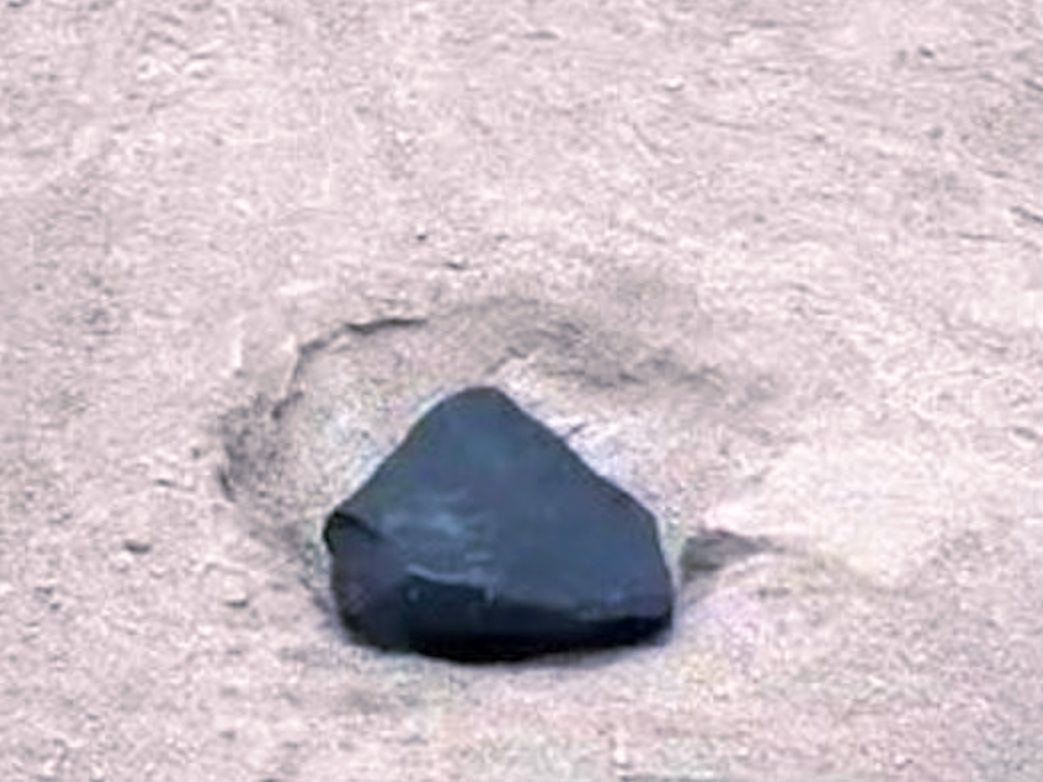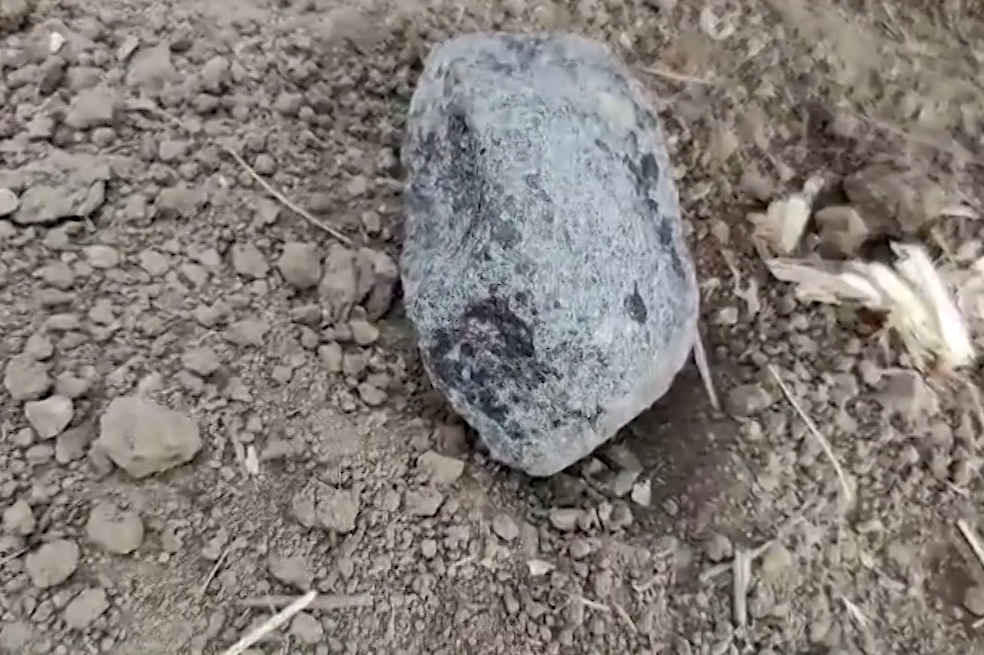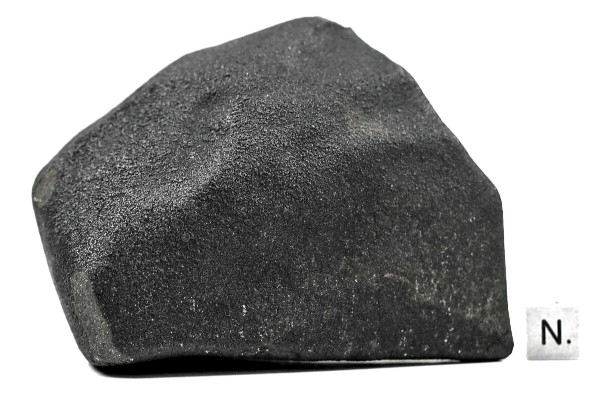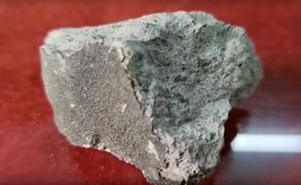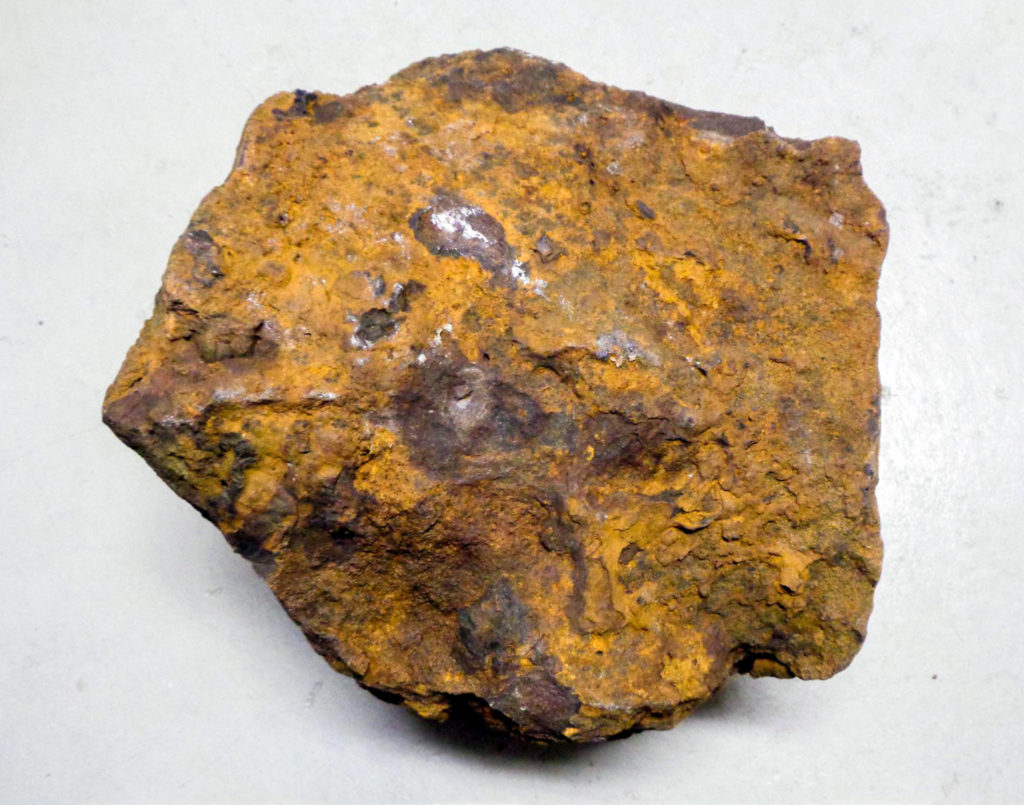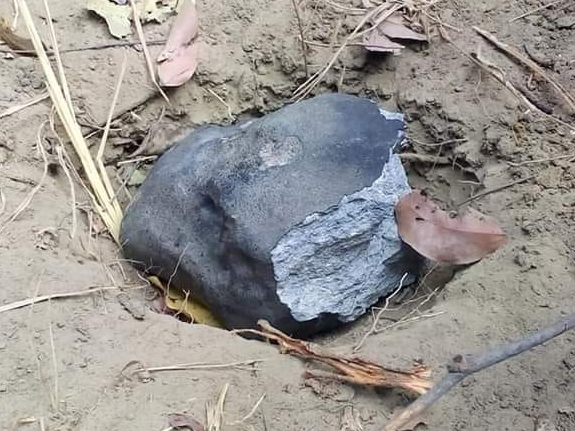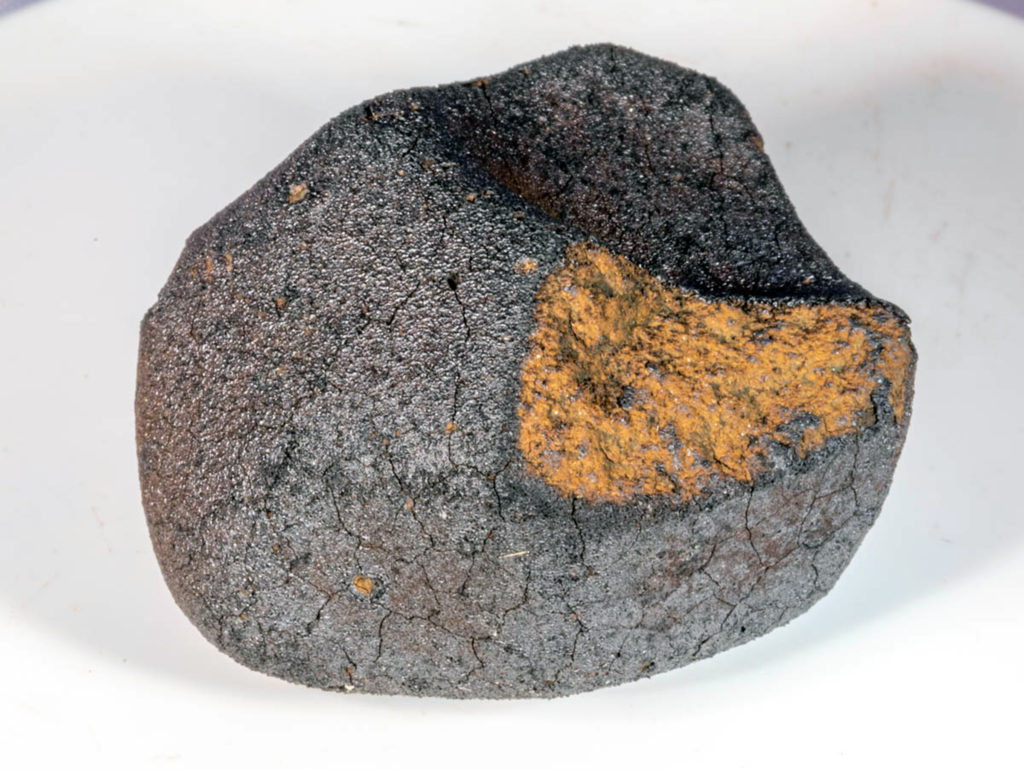In situ analysis of soluble organic compounds in Hayabusa Category 3 particlesOPEN ACCESS
Minako Hashiguchi, Hiroshi Naraoka, Masayuki Uesugi, Toru Yada & Masanao Abe
Earth, Planets and Space, Published: 14 February 2025
LINK (OPEN ACCESS)
PDF (OPEN ACCESS)
“In this study, two Category 3 carbonaceous particles (RB-CV-0008 and RB-CV-0031) among more than 700 Hayabusa-returned particles were analyzed by molecular imaging using desorption electrospray ionization–high-resolution mass spectrometry (desorption electrospray ionization (DESI)–high-mass-resolution mass spectrometry (HRMS)) with an electrically charged methanol spray. RB-CV-0031 was unfortunately lost during the analysis; however, 176 positive ions (m/z 70–1000) were successfully identified from the surface of RB-CV-0008. The chemical compositions of these ions were assigned using their exact masses, and CHNO and CHO compounds were abundant in both number and total ion intensity. The ions showed varying spatial distributions, which could be classified into six patterns, and their chemical compositions were different between the distribution patterns. Furthermore, the ions were predominantly detected from the region surrounding the main body of the particle, where tiny particles that were likely broken up during handling were observed. This result suggests that RB-CV-0008 consists of more than two materials with different solubilities in methanol. Furthermore, several homologous compounds containing the C3H6O unit (at 58.0418 amu) were found in the identified ions from RB-CV-0008 using a mass defect (MD) plot. Among the possible contaminants analyzed in this study, the features of the positive ions identified by DESI–HRMS imaging and energy-dispersive spectroscopy (EDS) of RB-CV-0008 most closely resembled those of Nylon-6. These results suggest that some of the moieties, including the side chains corresponding to the C3H6O unit of RB-CV-0008, resembled those of Nylon-6 and polypropylene glycol (PPG), but the carbon skeleton differed between RB-CV-0008 and those materials. Our results indicate that RB-CV-0008 likely contains a mixture of different materials, such as polyamide and PPG. This study represents first comprehensive investigation of the soluble organic matter (SOM) characteristics of Category 3 particles by in situ analysis. The spatial distribution and ion species detected in this study indicate that the RB-CV-0008 particles have heterogeneous moieties with different solubilities in methanol and/or ionization efficiency and different chemical compositions. This study supports previous studies suggesting that Category 3 particles are derived from terrestrial materials and have multiple origins.”

